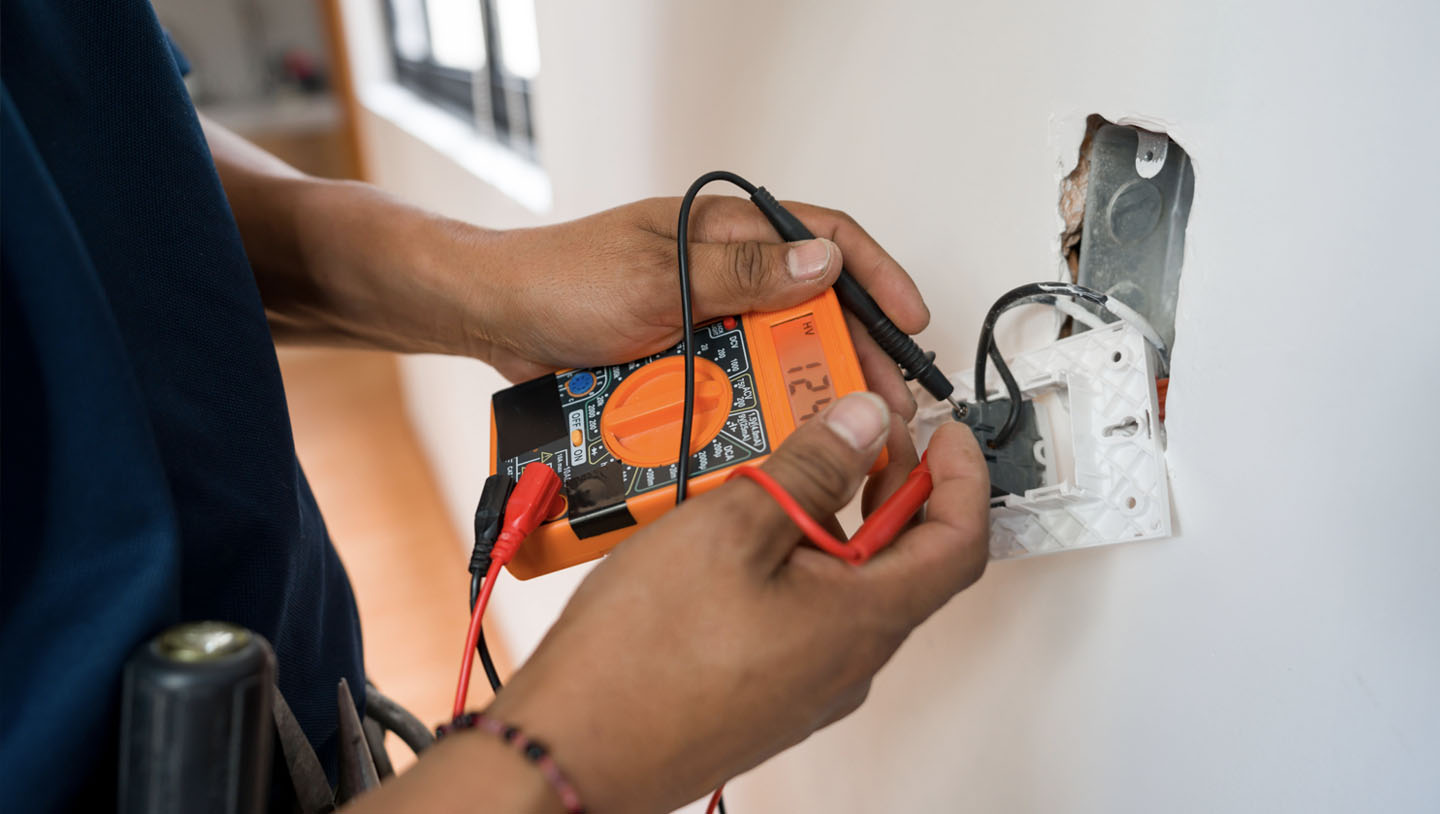
Common Things That Fail a Home Inspection
Home inspections are key to the home buying process, as most lenders and insurance companies will require one. According to Porch, 88% of buyers used a home inspector’s services after purchasing their home. New homebuyers understand the importance of a home inspection, and while buyers don’t want to think of potential issues in their new dream home, it’s a reality.
In Porch’s same report, 86% of buyers who used a home inspector said the inspection identified at least one problem that needed to be fixed.
Let’s shed some light on the most common things that fail a home inspection.
Common Things to Look for During a Home Inspection & How to Prevent Them
For home buyers curious about the process, and wondering what they should look for, leave it up to the pros! A home inspector will know what to look for and do a full inspection of the home.
Beyond the common items included in an inspection, additional inspections can be provided (if a home inspector offers) such as radon testing, mold inspection, pool and spa inspections, and wood-destroying organisms (WDO) inspection.
AHIT has broken down the most common things that fail a home inspection to be better prepared and understand what gets the attention of a home inspector.
Dated or Damaged Roofing Issues
The roof is a crucial piece of a home and is exposed to the elements, so residents aren’t. This area of the home is a focus for all home inspectors, as any roof issues could lead to other problems in the home.
Asphalt shingle roofs are the most popular roofing material, and last 20 to 22 years. Wood shingles and shakes are other common roofing materials home inspectors encounter, and come with their own unique issues. If a home’s roof is falling apart, this will come up in the home inspector’s report.
Inspectors will report on brittle, curled, or broken shingles, as well as any loose flashing or leaky spots.
Electrical Issues & Electrical Wiring
A common issue home inspectors find is electrical issues from faulty wiring or questionable electrical installations. Every year, around 51,000 home fires are started because of electrical problems. Older homes built between the 1950s and 1970s, typically have faulty wiring from inferior materials or wear and tear.
Some of the common electrical issues inspectors will find are fraying insulation, incorrect wire switches, DIY-wiring, mismatched wires, reverse polarity, and over-fusing.
Slope & Drainage Issues
Over time, a home’s lawn will settle and create low or high spots where water will pool and drain back to the home’s foundation. Surface grading around a home can cause serious drainage issues and foundation damage. Ideally, every home’s lawn would be graded to around 3% to allow proper drainage away from the home’s foundation.
Improper grading can lead to serious issues like significant water damage causing leaky basements, mildew, molding, cracks in the settlement, and even foundation shifts. According to home inspectors, grading and slope issues are one of the most common problems found in a home.
Termites & Pest Infestations
Termites and other pests in a home can cause serious structural damage if not addressed and treated. Home inspectors are trained to identify the common signs of pests, in which case, a pest control company will need to come and treat the issue.
States Where Pests are Most Common:
Termites:
- Alabama
- Florida
- Louisiana
Cockroaches:
- Delaware
- Maryland
- New York
Wood-boring beetles:
- Illinois
- Wisconsin
- Michigan
Carpenter ants:
- Connecticut
- Maine
- Massachusetts
Asbestos
Asbestos is one of those “silent killers” that most Americans don’t think about after purchasing a home. Materials containing asbestos can lead to mesothelioma if not treated.
Asbestos has a higher chance of being an issue in homes built before 1980, as many older homes were built with materials that contain asbestos. According to the U.S. Census Bureau in 2019, more than half of the homes in the U.S. were built before 1980.
Materials that commonly contain asbestos are insulation around heaters, paint, vinyl or asphalt flooring, and spray-on surfacing materials.
Radon
Radon is another potential “silent killer” if radon levels in a home are above a certain level of concentration. Levels of 4 pCi/L are considered hazardous. If levels are found above 4 pCi/L, it could lead to lung cancer.
Home inspectors have the proper radon tools to detect the levels in a home. Home inspectors will check the basement and any crawlspaces with a radon detector, and if radon levels are high, a remediation system will need to be installed.
Plumbing Issues
Plumbing issues and leaky pipes are common items that fail a home inspection. Sometimes plumbing problems can be a simple leaky faucet, but they can also be bigger issues like ruptured pipes.
Damaged pipes, malfunctioning water heaters, and backed-up sewage systems are commonly found in home inspections. Older homes carry pipes that are outdated and prone to failure. Home inspectors will report these incompatible plumbing materials, as well as any ruptures, leaks, or backups in a home’s sewage system.
Foundation Problems and Issues
Foundation problems are one of the costliest issues to fix, depending on the extent of the issue it could easily cost close to $10,000. Around 60% of homes in the U.S. are built on land with clay in the soil, or expansive soil, which can shift and create instability in a home’s foundation. A cracked foundation could mean there are framing problems, roofing issues, doors and windows that will not close, and leaks in the basement.
A solid foundation is designed to wick water, to reduce water damage that can create larger issues. A home inspector will look for doors and windows that stick, cracks in walls above doorways, sloping floors, and horizontal cracks in the visible parts of the exterior foundation.
Structural Issues & Structural Damage
Unsurprisingly, older homes are prone to structural issues such as depressed floor joists, warped rafters, and sagging door frames. Structural damages are often linked to foundational issues, often a weak foundation can cause structural problems. Structural issues can be difficult to assess whether major or minor, and often home inspectors will have buyers consult an engineer for a more thorough inspection.
Other general home inspection problems that can give you a serious headache:
Hidden Mold
Mold is usually caused by moisture and is often linked to a leak or drainage issues from faulty plumbing. If a homeowner doesn’t smell mold, they’re typically fine, but you won’t know until a home inspector performs a thorough inspection. A good way to know if mold is an issue is if you have visible water damage or a leak.
Faulty Heating Systems
A key focus for any home inspection is the HVAC system. Home inspectors will check that the heating and cooling work properly and that the wiring can handle the output of the HVAC system.
Low Water Pressure
Low water pressure is a common issue home inspectors find when conducting the plumbing portion of their inspection. They will analyze the water pressure in combination with the functional flow of water. Ideal water pressure ranges between 40-80 psi. If the house is over this range, that will get flagged on the home inspection.
Home inspections are important for any home purchase process and serve two purposes. First, home inspections educate homeowners on the many components that make a home run, and what parts of their new homes need some extra attention. Second, a home inspection gives homeowners peace of mind, knowing their home is safe for them to move in after any problems are addressed.




